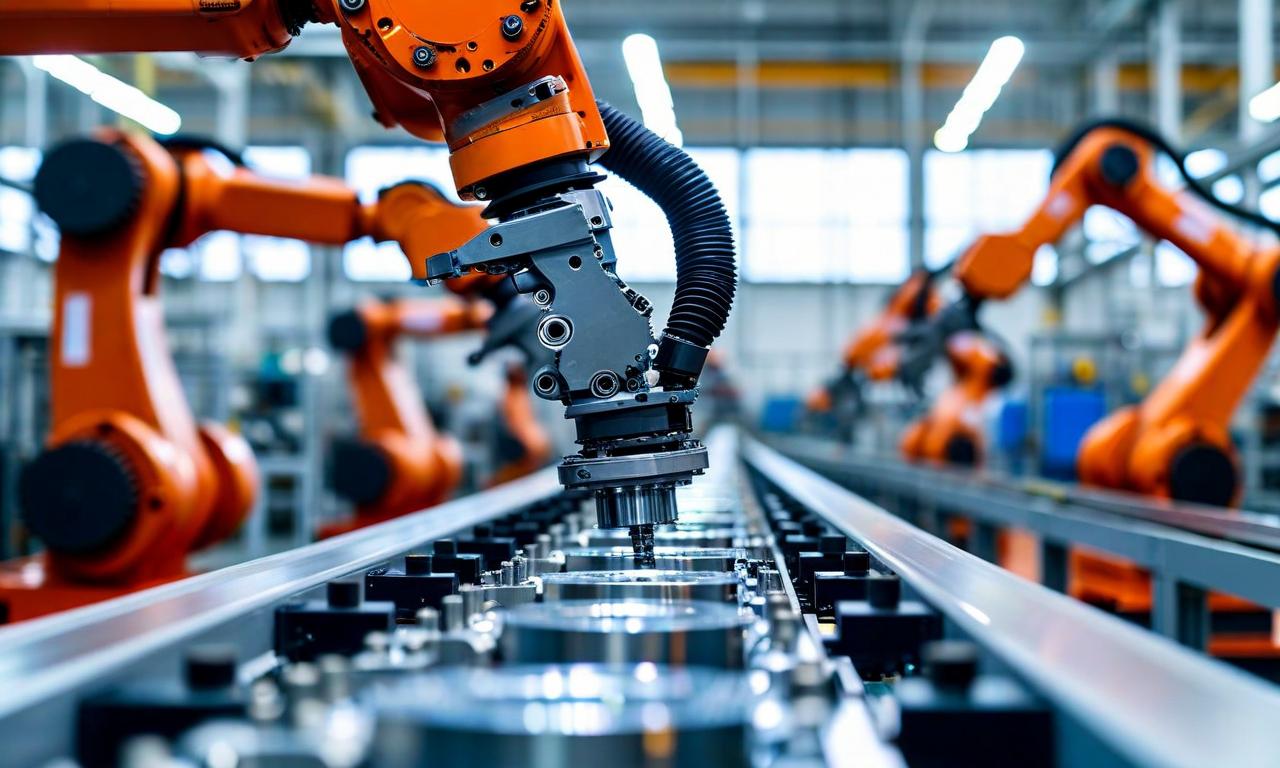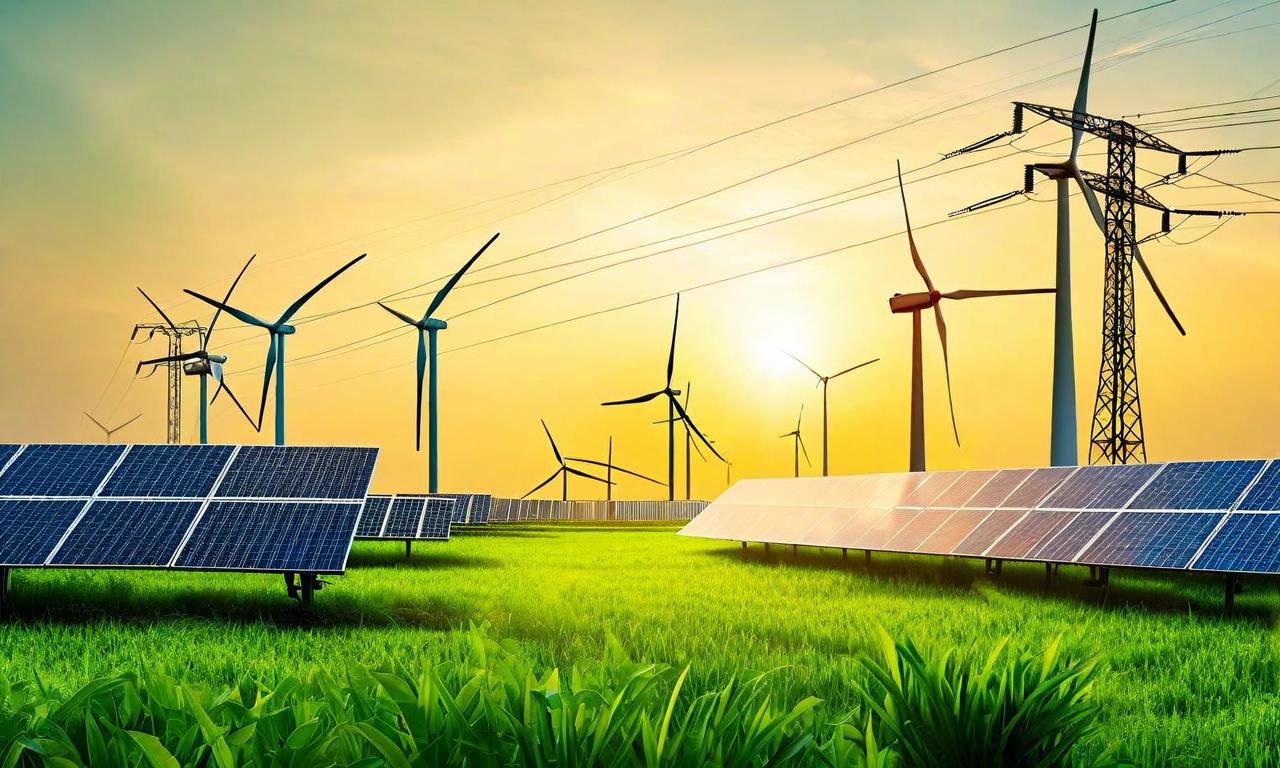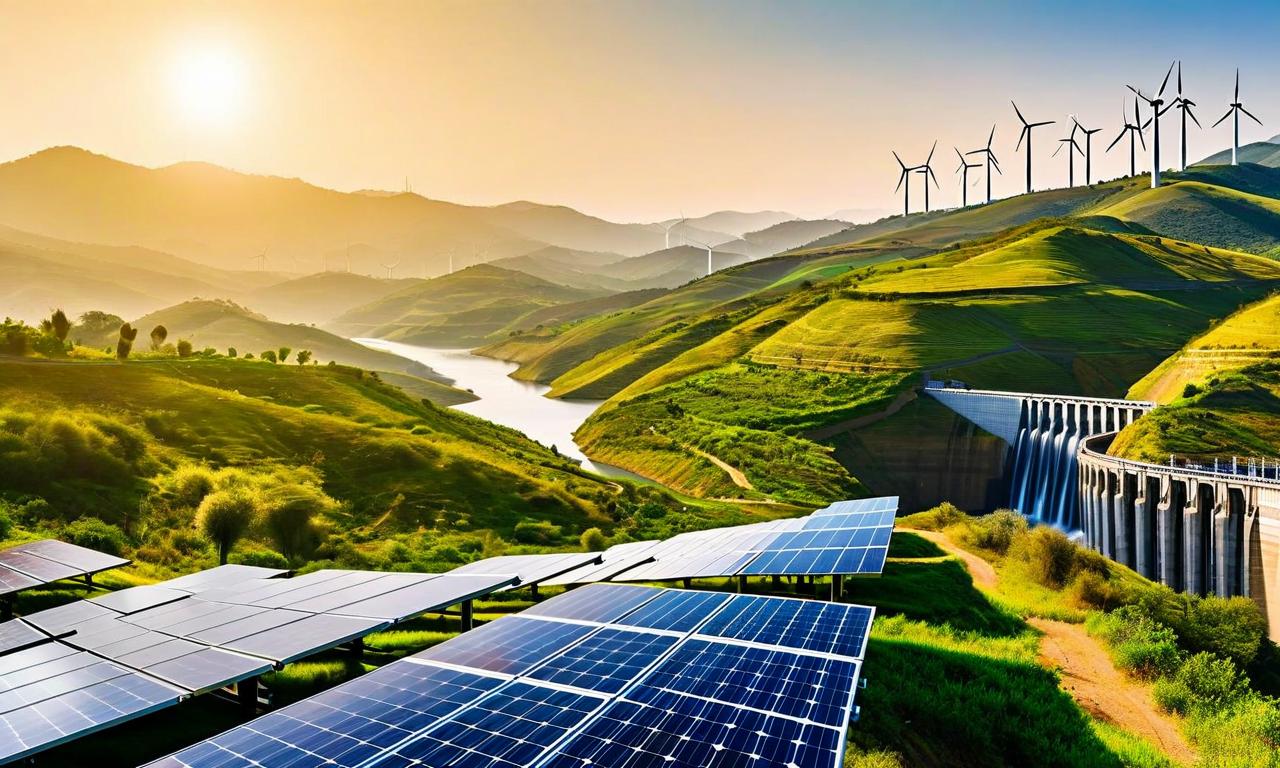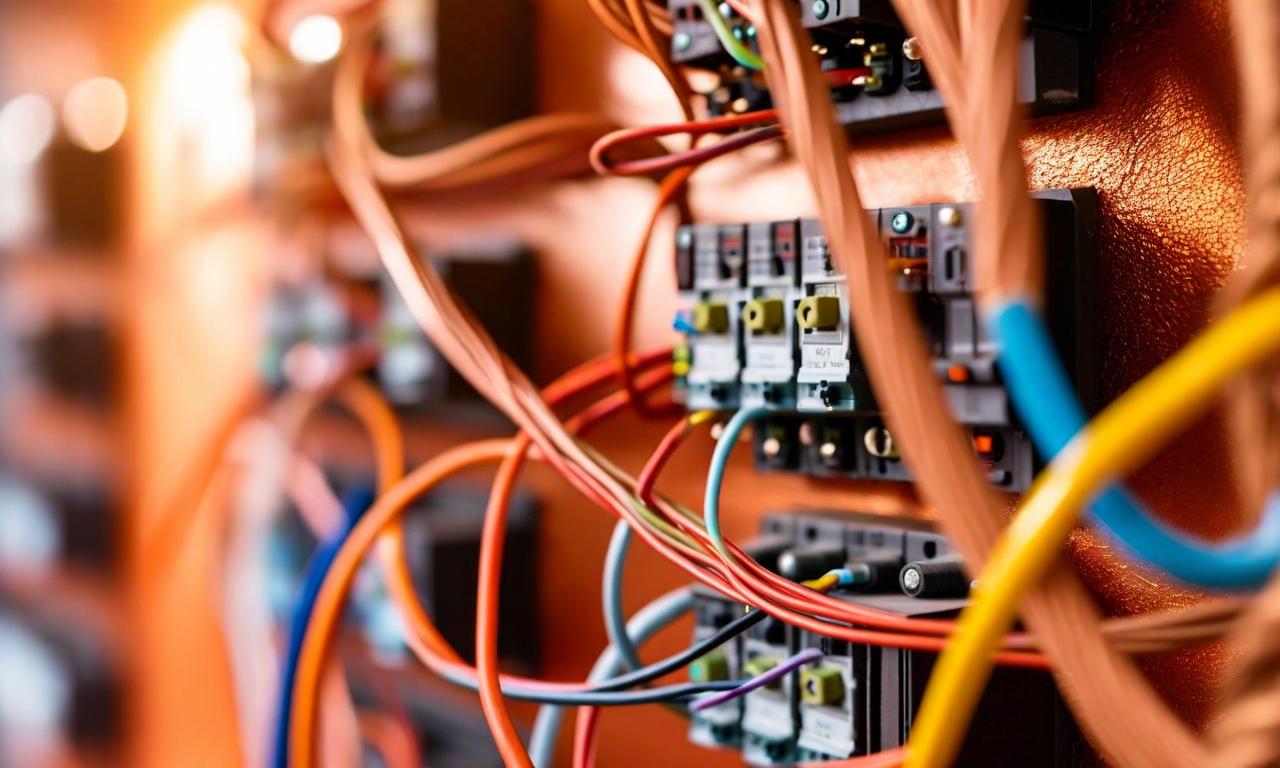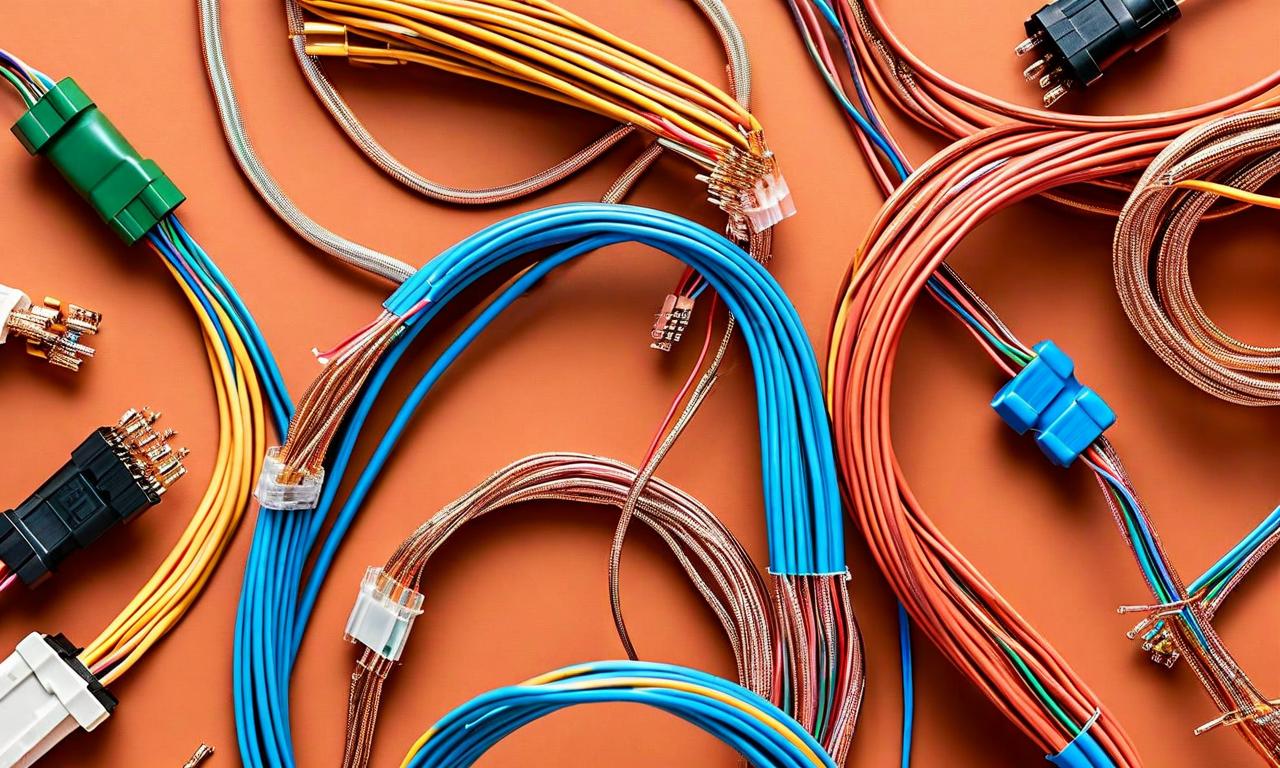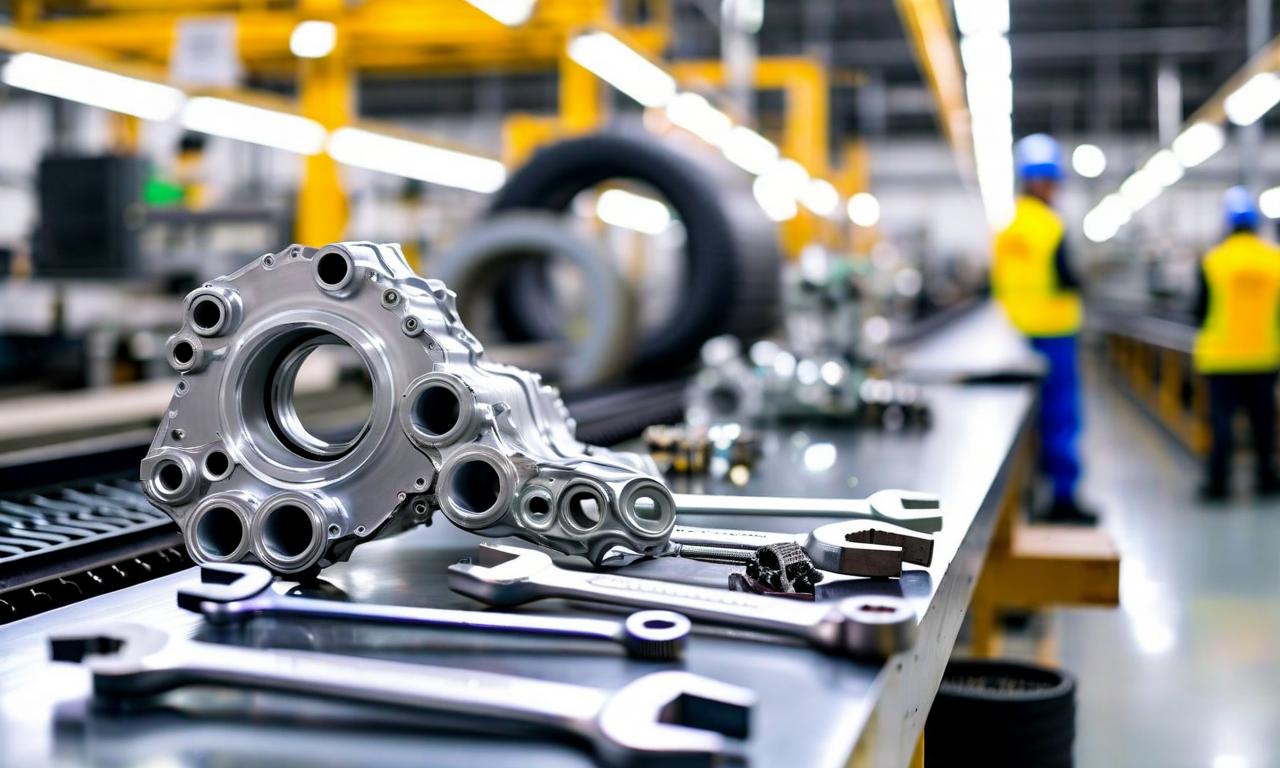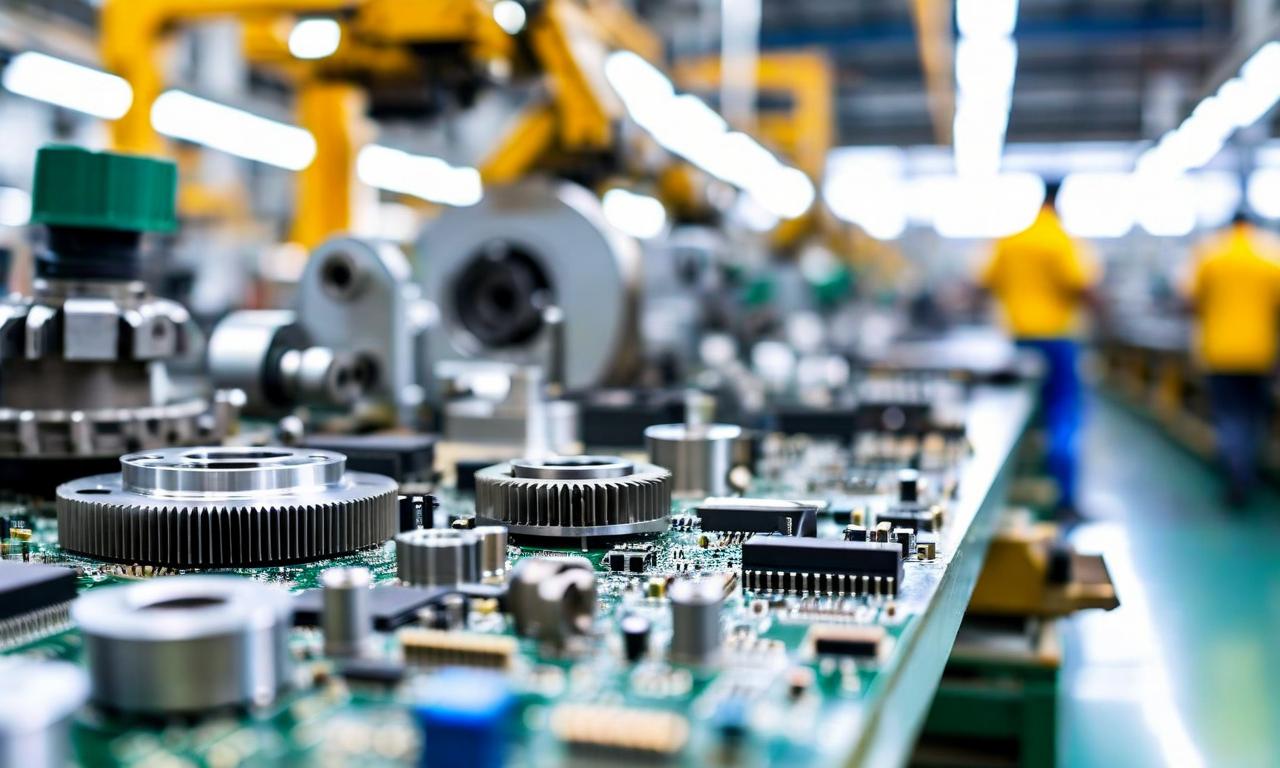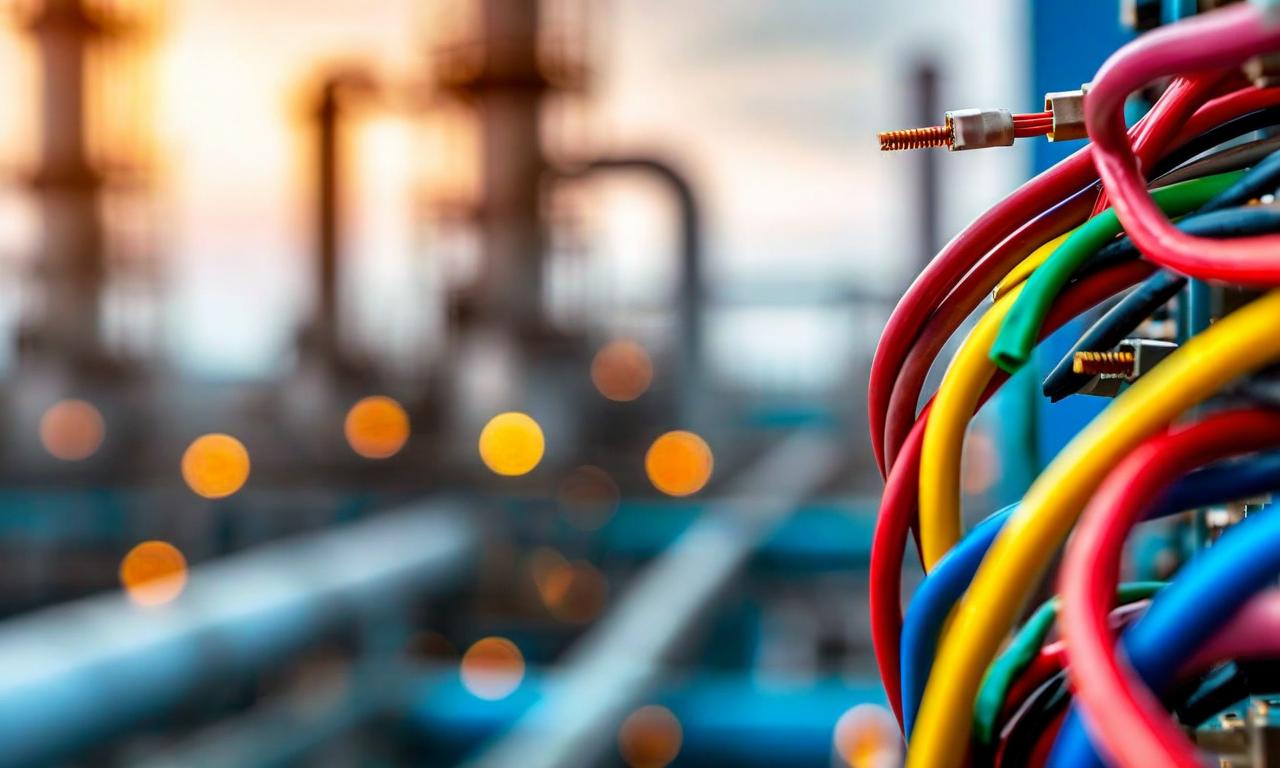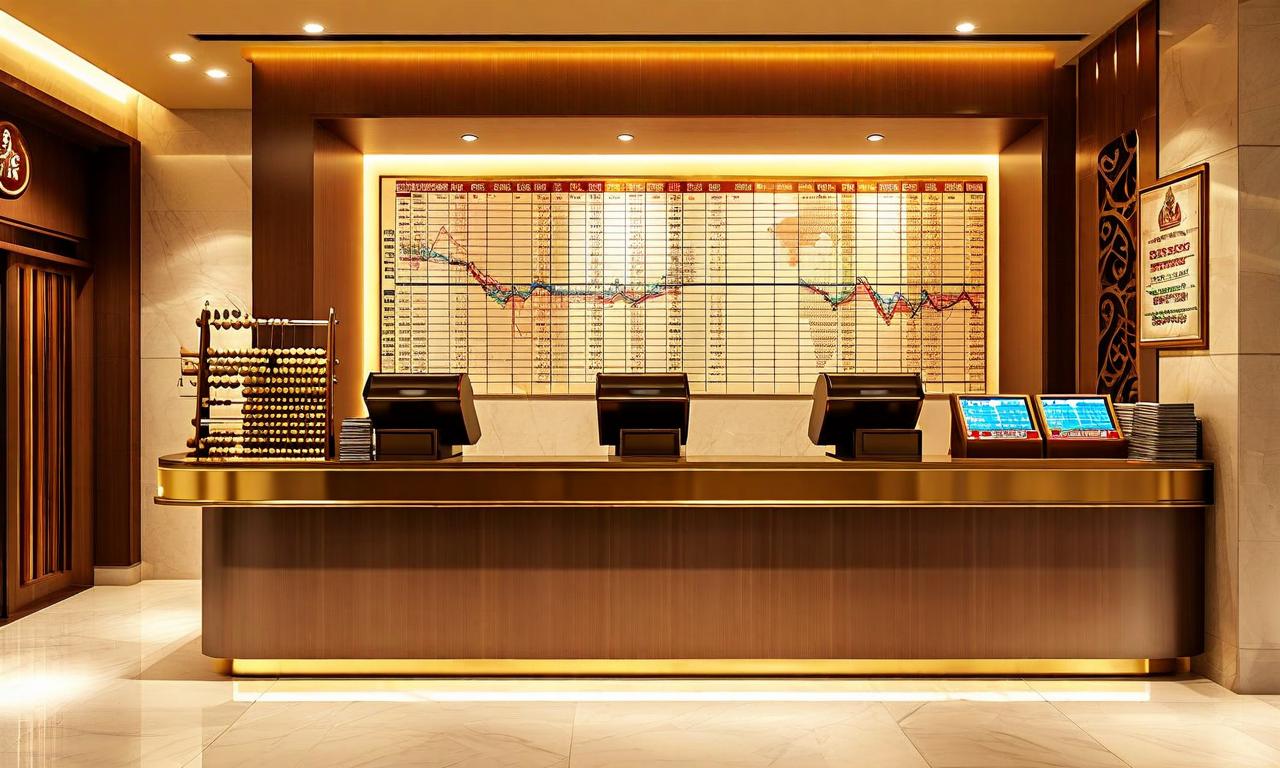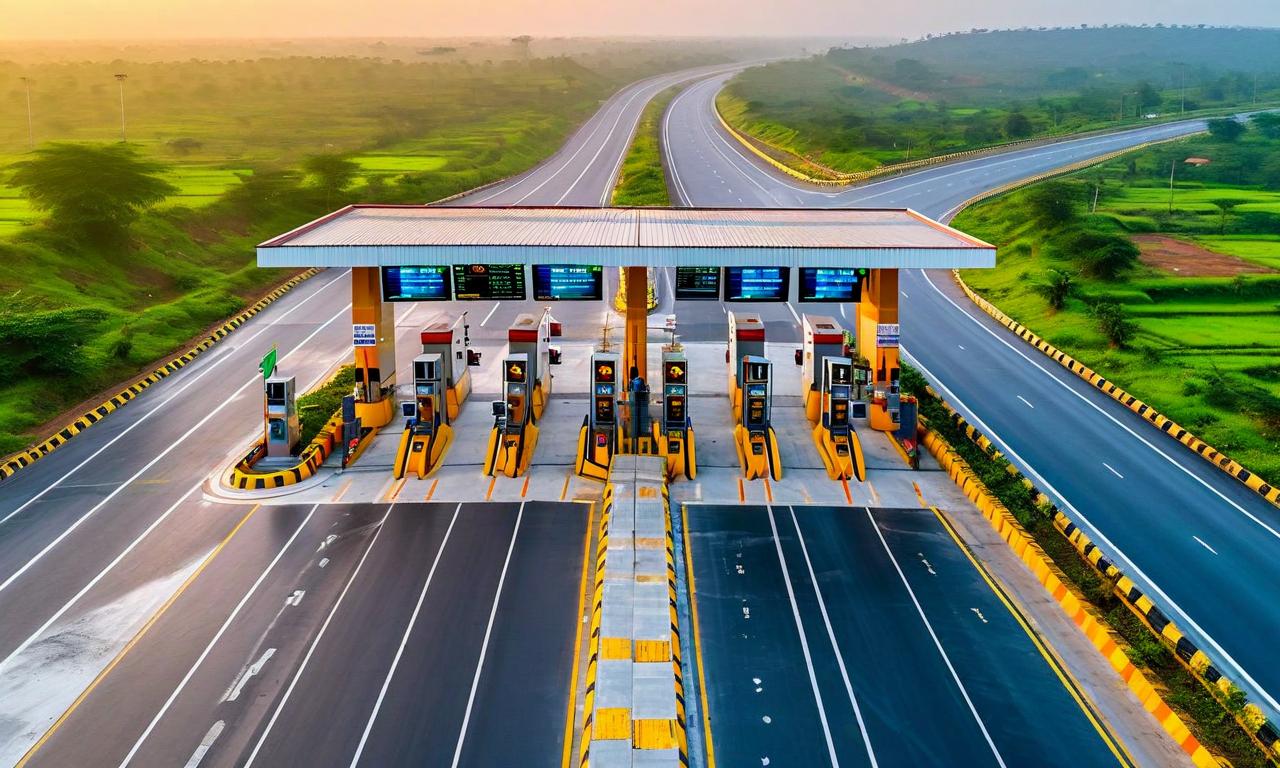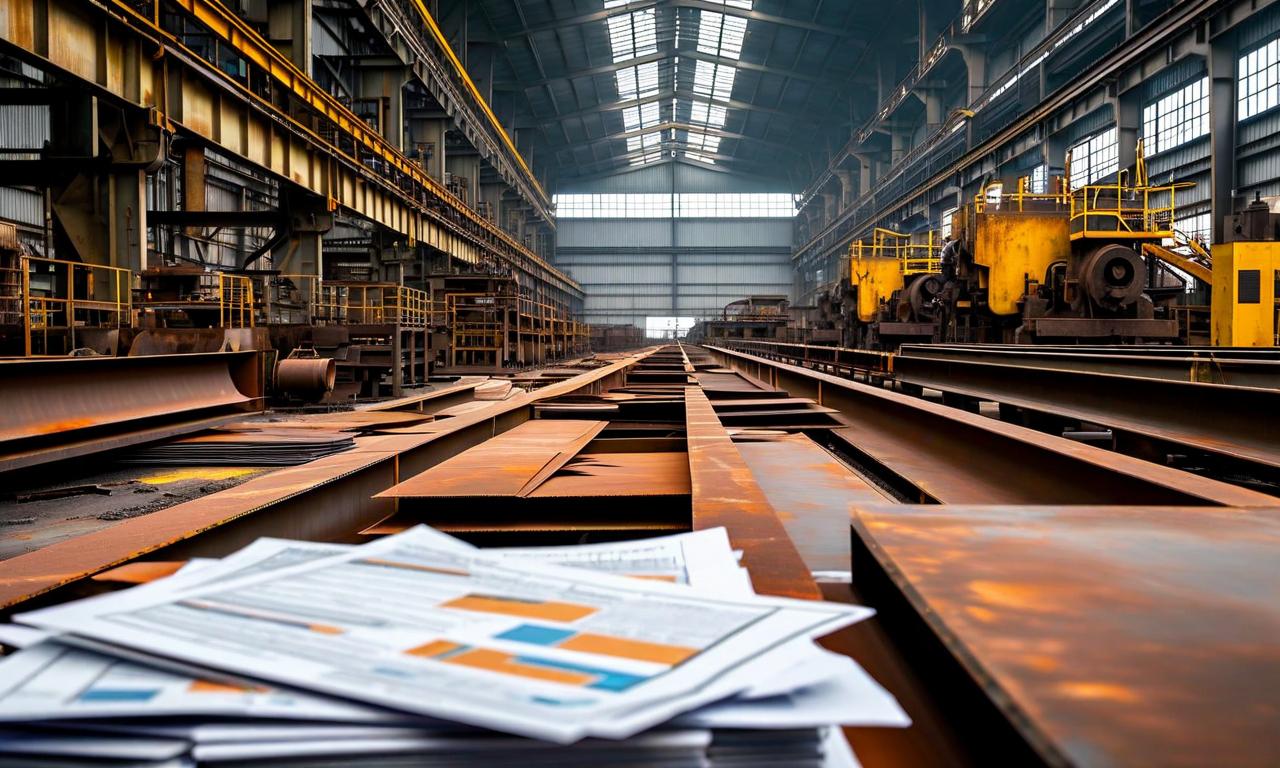Samvardhana Motherson International's Net Debt Rises to 97.7 Billion Rupees Amid Industry Headwinds
Samvardhana Motherson International Limited (SAMIL) reported an increase in net debt to 97.70 billion rupees from 87.13 billion rupees quarter-over-quarter. Despite this, the company achieved 5% year-over-year revenue growth to 30,212 crore rupees. SAMIL faced profitability pressures due to structural challenges in Europe, tariff-related issues, foreign exchange volatility, and startup costs for new projects. The company is implementing cost optimization measures and leveraging its global presence to navigate these challenges. SAMIL continues to focus on growth, operationalizing three new greenfields and announcing two strategic partnerships.
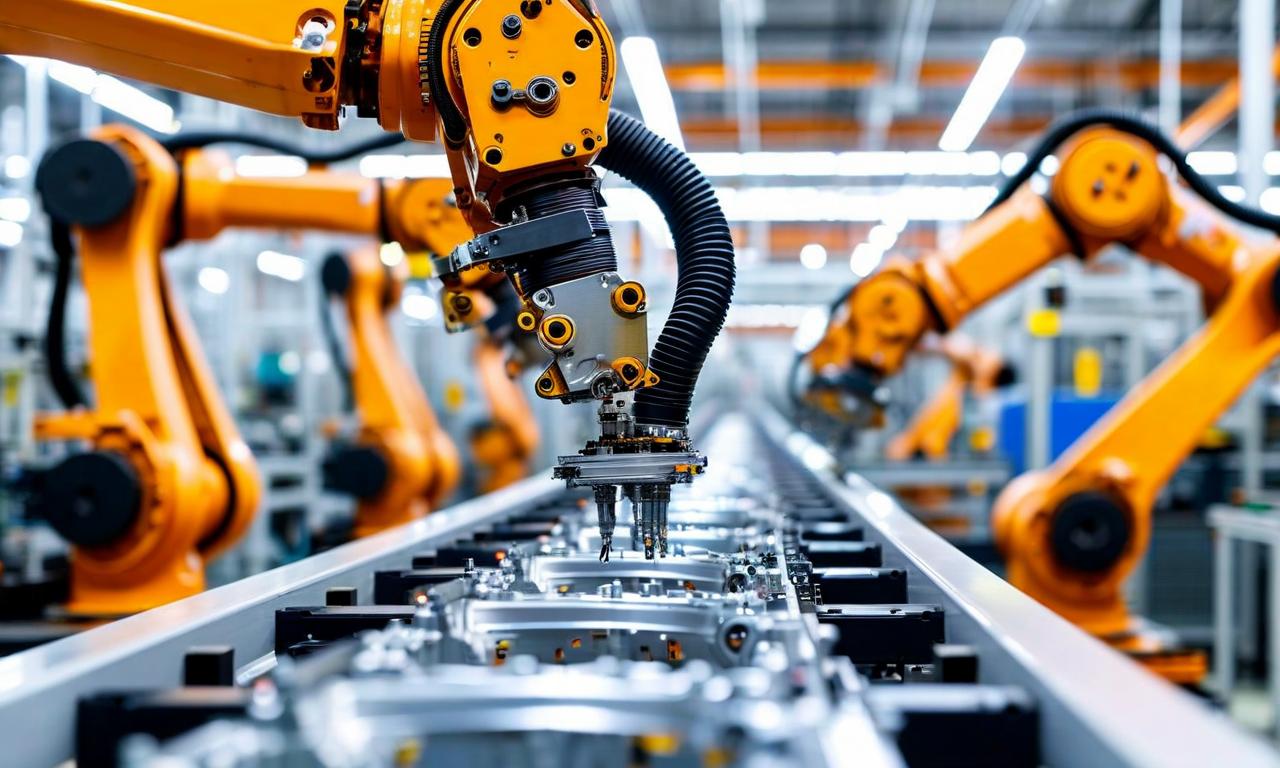
*this image is generated using AI for illustrative purposes only.
Samvardhana Motherson International Limited (SAMIL), a global auto component manufacturer, reported a rise in net debt, reflecting the challenges faced by the automotive industry amid evolving global trade dynamics.
Financial Highlights
- Net Debt Increase: SAMIL's net debt rose to 97.70 billion rupees from 87.13 billion rupees on a quarter-over-quarter basis, marking an increase of approximately 10.57 billion rupees.
- Revenue Growth: The company reported revenues of 30,212 crore rupees, representing a 5% year-over-year growth.
- Profitability Impact: The company experienced a transitory impact on profitability due to industry headwinds and volatility.
Operational Performance
SAMIL demonstrated resilience in its operational performance despite the challenging environment:
- Revenue outpaced industry growth, contributed by well-executed M&As and resilient organic business.
- The company's diversified business model showed strength in navigating the complex global automotive landscape.
Challenges and Mitigating Strategies
Several factors contributed to the increase in net debt and pressure on profitability:
- Structural Challenges: The company faced headwinds in Western and Central Europe, necessitating cost optimization measures.
- Tariff-Related Issues: There was a timing lag in passing through tariff-related costs, impacting profitability.
- Foreign Exchange Volatility: FX fluctuations led to losses of approximately 93 crore rupees (post-tax ~70 crore rupees).
- Startup Costs: New greenfield projects, particularly in non-automotive businesses, incurred startup expenses.
To address these challenges, SAMIL is implementing several strategies:
- Targeted measures for cost block optimization in Western and Central Europe.
- Engaging with customers to minimize future impact of FX volatility.
- Leveraging its globally local presence to navigate evolving trade policies.
Growth Initiatives
Despite the headwinds, SAMIL continues to focus on growth:
- Three new greenfields were operationalized during the quarter, with 11 more at various stages of completion.
- The company announced two new strategic partnerships in line with its strategy to increase content per car.
Management Commentary
Vivek Chaand Sehgal, Chairman of Motherson, stated, "Motherson has once again demonstrated its resilience and disciplined execution despite persistent industry headwinds and a dynamic global environment. Our performance reflects the strength of our diversified business model and the operational efficiencies across our businesses."
Outlook
While uncertainties in the business environment persist, SAMIL remains well-positioned to navigate the challenges:
- The company maintains a comfortable leverage ratio of 1.1x, enabling both organic and inorganic growth opportunities.
- SAMIL's globally local strategy and strong customer relationships are expected to help in pain-sharing arrangements, albeit with a lead-lag effect.
As the automotive industry continues to evolve, Samvardhana Motherson International Limited appears focused on maintaining its growth trajectory while addressing the immediate challenges posed by the global economic environment.
Historical Stock Returns for Samvardhana Motherson International
| 1 Day | 5 Days | 1 Month | 6 Months | 1 Year | 5 Years |
|---|---|---|---|---|---|
| -1.96% | -0.04% | +4.20% | +11.10% | +1.77% | +102.96% |
